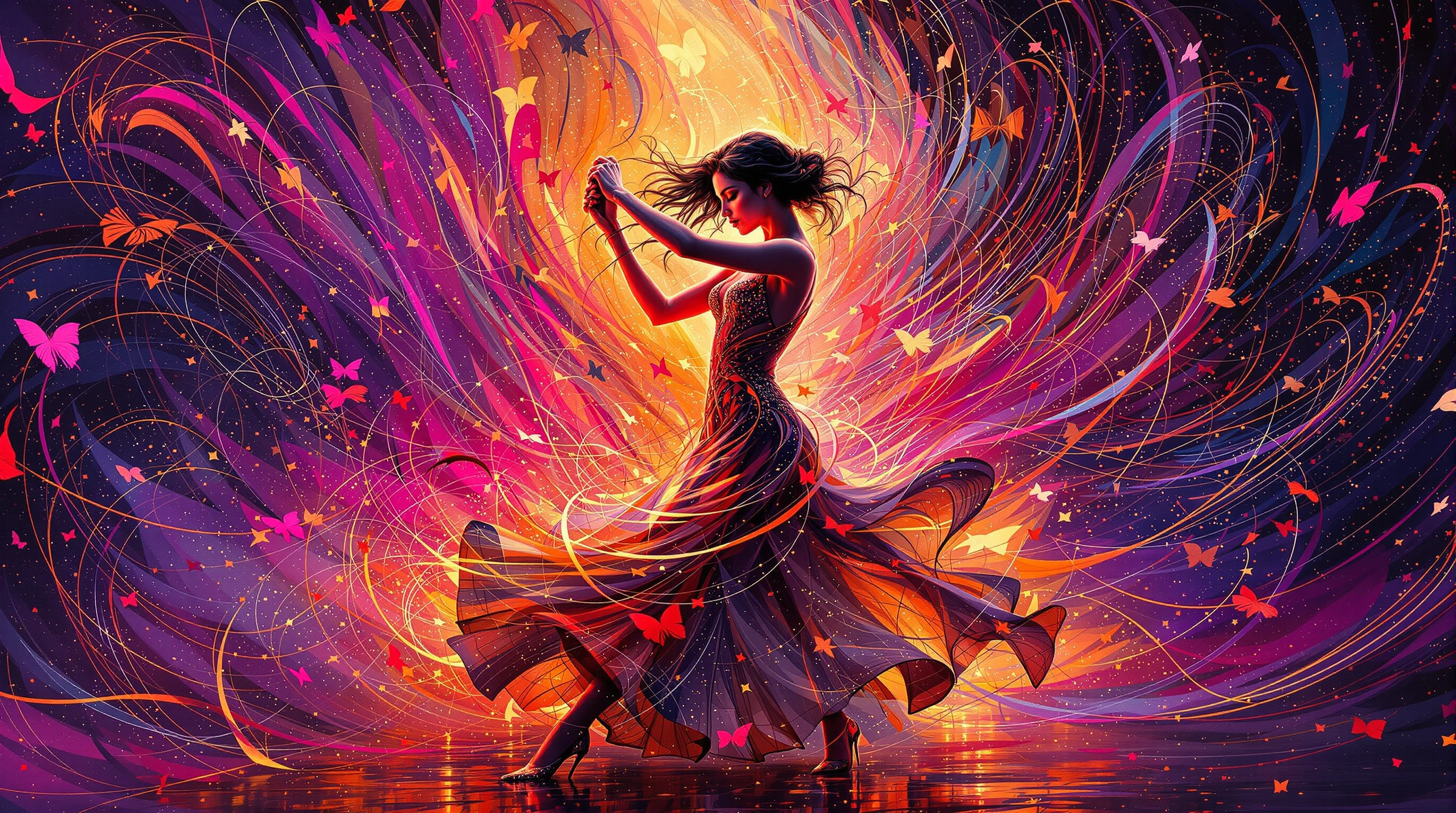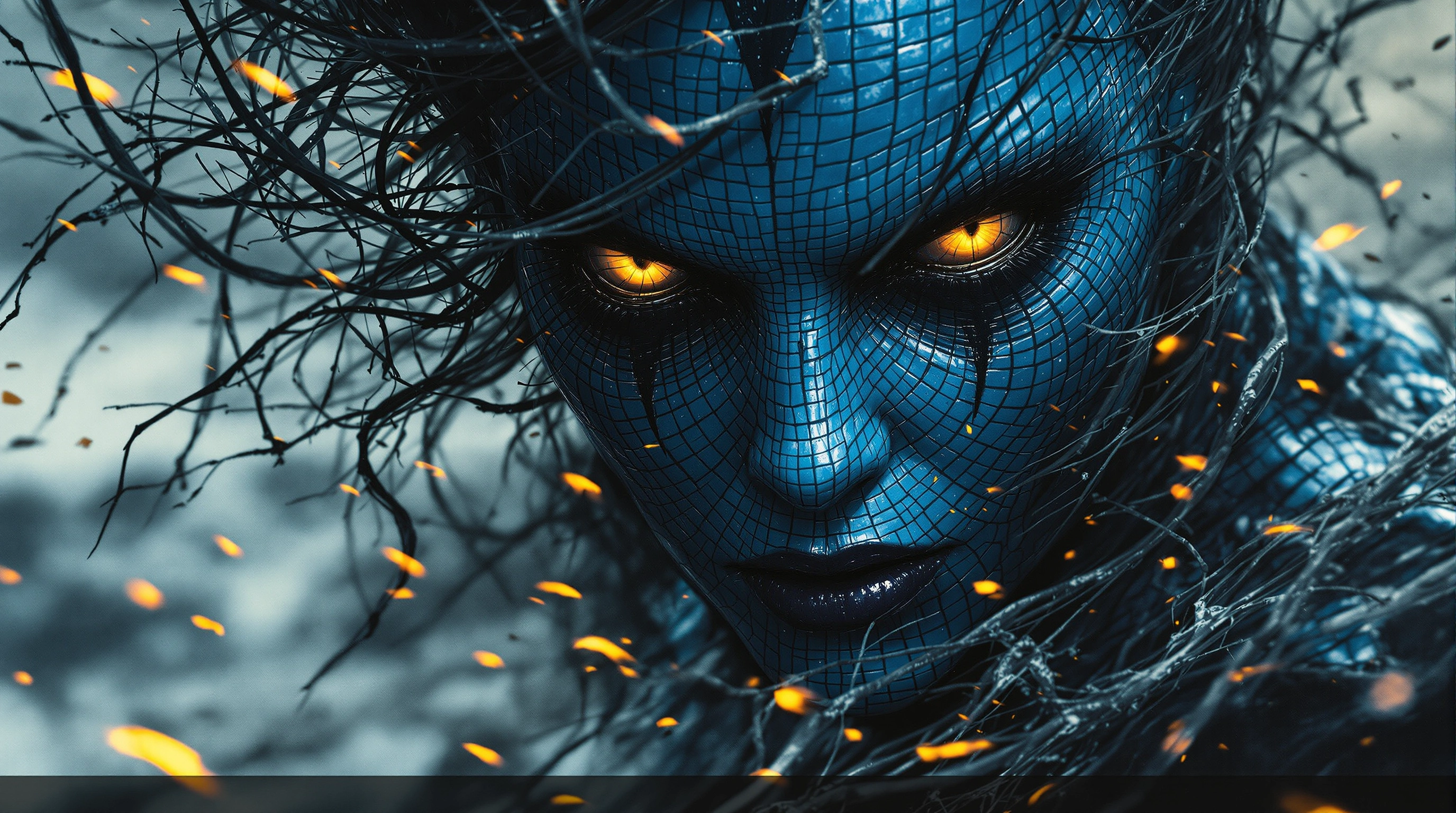Generative AI is no longer just a novelty—it’s a practical tool for creators, marketers, and developers. But turning an idea into a polished, production-ready asset requires more than just typing a prompt. It demands a structured generative media workflow from idea to finished product.
Without a clear process, it’s easy to get lost in endless tweaking and inconsistent results. In this guide, we’ll walk through a five-phase workflow that helps you move from concept to final output with confidence, consistency, and creative control.
Phase 1: Concept & Ideation
Every great project starts with a clear vision. Before generating anything, define your goal. Are you creating marketing visuals, game assets, or social content? Start by:
- Defining your concept in one sentence: e.g., “A photorealistic fantasy character portrait for a game.”
- Building a mood board with visual references from photography, art, or film.
- Brainstorming keywords: subject, style, mood, lighting, and technical terms.
- Exploring existing work on platforms like Fiddl.art’s Browse feed to see what’s possible and gather inspiration.
A solid foundation saves time and ensures your generations align with your vision from the start.
Phase 2: Initial Generation & Exploration
Now it’s time to bring your idea to life. This phase is about exploration, not perfection.
- Choose the right model: Different models excel at different styles. Fiddl.art offers options like Photon for photorealism or Flux for more illustrative outputs. Not sure which to pick? Check out our guide on choosing the right AI model.
- Craft your prompts: Combine your keywords into descriptive sentences. Start simple and iterate.
- Generate in batches: Create 4–8 variations per prompt to see how the model interprets your idea.
- Review and select: Identify which outputs are closest to your vision. These become your starting points for refinement.
Embrace experimentation—some of the best ideas come from unexpected results.
Phase 3: Refinement & Iteration
Created by @seth.
This is where you refine your selections into something truly polished. Iteration is key:
- Tweak your prompts: Adjust wording, add negative prompts (e.g.,
-blurry), or emphasize certain keywords. - Use image-to-image generation: Upload a selected image and generate variations with similar style and composition.
- Clone and remix: On Fiddl.art, you can clone any public creation and use it as a starting point. This is great for learning and iterating quickly.
- Train custom models: For maximum consistency—like a specific character face or brand style—use Forge to train a model on your own images. This is especially useful for projects like fantasy portraits or branded content.
Spend time here. The difference between good and great often comes down to thoughtful iteration.
Phase 4: Post-Processing & Enhancement
Even the best AI generations can benefit from a human touch. This phase is about adding final polish:
- Upscale your images: Use built-in AI upscalers or tools like Topaz to increase resolution without losing quality.
- Manual touch-ups: Fix common artifacts (e.g., odd hands, stray objects) in software like Photoshop or Affinity Photo.
- Color grading and effects: Adjust colors, add grain, or apply filters to match your desired mood.
This step ensures your work meets professional standards and stands out.
Phase 5: Delivery & Integration
Your asset is ready—now it’s time to put it to work. For scalable use cases, consider automating parts of your workflow:
- Use the API: Fiddl.art’s API lets you generate images, train models, and integrate AI into your apps programmatically.
- Automate content creation: Generate personalized avatars, dynamic ads, or game assets at scale.
- Deploy across platforms: Whether it’s social media, a website, or a product, make sure your final asset is optimized for its destination.
Automation is especially useful for projects like LinkedIn headshots or large-volume asset generation.
FAQ
How do I keep a consistent style across multiple images?
Created by @jd.
Train a custom model using Forge. This lets you fine-tune a model on your specific visuals, ensuring consistency in style, character, or branding.
What’s the difference between base models and custom models?
Base models (e.g., Photon, Flux) are general-purpose and versatile. Custom models are fine-tuned on your data for specialized output. Browse both in Fiddl.art’s Models catalogue.
How many iterations are typical?
It varies, but expect 5–10 initial generations to find a direction, and 10–50+ refinements to perfect your select. The more specific your vision, the more iteration you’ll need.
Bring Your Ideas to Life
A structured workflow turns generative AI from a fun toy into a professional tool. By following these phases—ideation, generation, refinement, enhancement, and delivery—you can create high-quality, consistent media that meets your goals.
Ready to build your own generative media pipeline? Start creating on Fiddl.art’s Create page or explore the Browse feed for inspiration.




